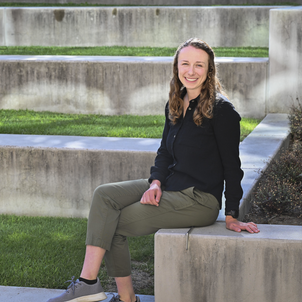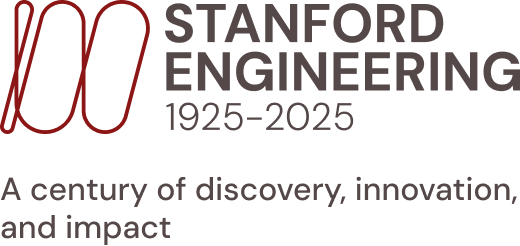This fundamental engineering principle stuck with me and I apply this concept directly to my work today. As a chemical engineer working in medical diagnostics, I am currently focused on the question, “What if we could develop very accurate, inexpensive, simple-to-use diagnostic tests that could be performed anywhere?” How would this help us more accurately define a problem? In this specific case, what’s making someone sick? How would precise diagnostics help medical professionals more effectively and efficiently treat patients and, ultimately, how would this change the field of medicine?
As a kid, I wanted to be a doctor but I got faint at the sight of blood. My father was an engineer and his love of learning about how things worked made a strong impression on me. I decided to jump into the engineering world thanks to his example. I discovered that chemical engineering opened a world for me that is the perfect marriage of medicine, engineering, chemistry, physics and biology.
I came to Stanford as a graduate student to get my PhD in chemical engineering and studied fluid dynamics with Professor Gerry Fuller. My research focused on figuring out how fluids move, what causes them to move and how different forces impact their movement. You might ask, how does this apply to chemical engineering work? Well, after I graduated, I made products for medical diagnostics and was able to apply my research in fluid dynamics to this work. I helped design small plastic devices used to mix human samples with chemicals in order to detect disease-causing agents present in the samples. The idea was that these devices automatically mixed the sample with the chemicals and performed the test, thus reducing the number of manual steps required. With fewer manual steps, the test is easier to run and more accurate because it reduces the potential for the user to make mistakes.
Related spotlights

Dan Somen

Sonia Martin


